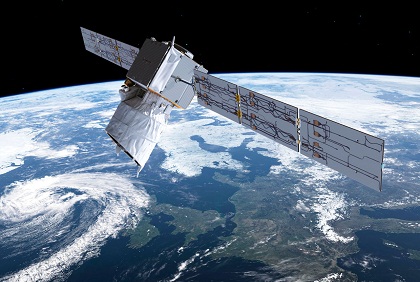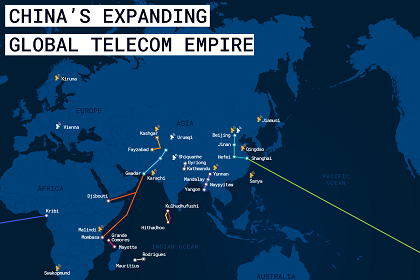Chandrayaan-2: presaging private participation
On 15 July, the Indian space programme will achieve a feat with the Chandrayaan-2 mission. Two challenges lie ahead: the speedy construction of Chandrayaan-3 and the development of a public-private ecosystem of space capabilities






